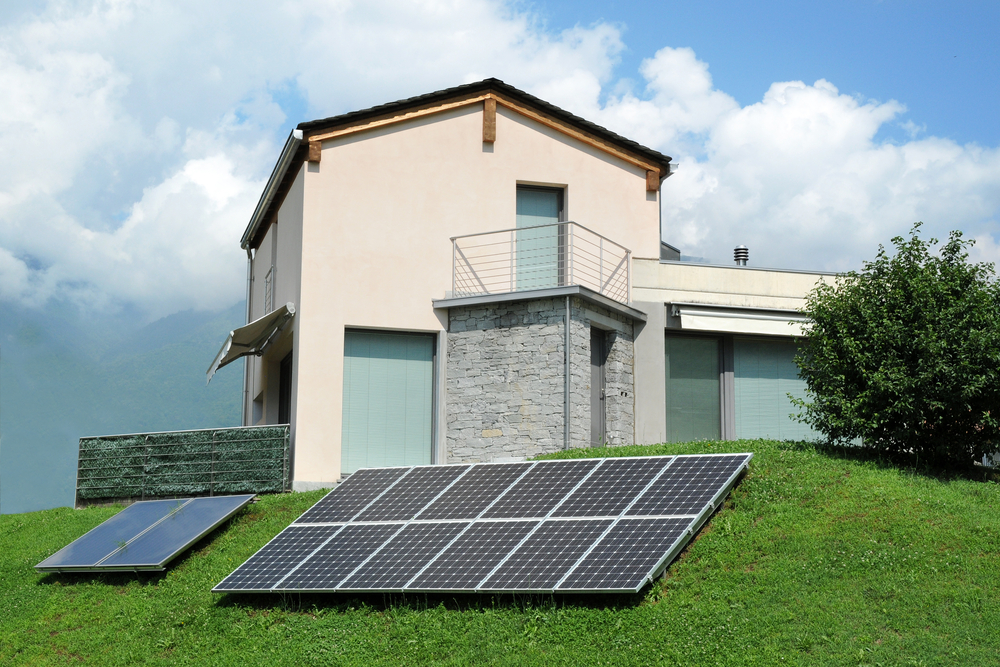
Sustainability is at the heart of eco-friendly living. As it relates to buildings, it’s a set of practices covering all aspects of creating homes (or other structures) and the ways we live in and work in them. Sustainable building is the art of holistic dwelling, with an environmental conscience at the heart of it all. All sorts of issues arise, but the following elements are central to sustainable building.
• Building materials. For sustainability, building materials need to be derived from renewable resources, instead of depleting shrinking reserves. The best materials have a smaller carbon footprint and, ideally, are sourced locally. Sustainability means ‘from cradle to grave’, so thought also goes into ease of recycling when a structure reaches the end of its usefulness.
• Energy efficiency. With finite energy resources and rising bills, wasting energy is unacceptable – especially when it can be dealt with by quality design and new technologies. Alternative energy sources for powering our homes are key, and solar power remains the most well-developed and most cost-effective technology for home heating and cooling and for powering our appliances.
• Water conservation. Saving water isn’t just about scarce resources and keeping the dams from drying up. Wasting water puts pressure on drains and infrastructure, as well as household budgets. Sustainability is hugely enhanced by small tweaks and design changes, such as water efficient electrical appliances, low-flow faucets and shower heads and low-flush toilets.
• We live in a world bathed in sunlight. Traditional building often didn’t make the most of that, and we often rely unnecessarily on artificial lighting that cumulatively consumes massive amounts of energy generated from non-renewable resources. Enhanced design makes the most of natural light. With thoughtful siting and orientation of homes, cleverly placed windows and skylights with low-e glass, we don’t have to rely so heavily on artificial lighting. When we do, low energy bulbs powered by sustainable energy sources make a difference.
• Sustainable buildings are healthy buildings, with clean air and good ventilation. So-called ‘comfort ventilation’ is a way to ventilate and maintain building temperatures while consuming less energy. Air quality is also achieved by paying attention to finishes, and avoiding paints, engineered woods and synthetic carpets that can emit harmful gases.
• A new trend in sustainable building is earth-sheltered design. Bermed houses are partially built into banks of earth. This reduces heat loss in winter and can vastly increase energy efficiency. Sustainable building also takes account of the visual impact of new buildings for an ever-expanding population. Earth-sheltered homes are less visually intrusive and contribute to environments that are easy to live in.
• In sustainable homes the yard isn’t just a place to grow some plants for decoration or for the kids to play. The exterior landscape is integral to the way the property works. Contoured gardens and smart planting complement the building, to enhance water savings and create shelter and screening from the elements that improves energy efficiency. It’s also friendly to the wildlife with which we share the world.
Sustainable building is about an integrated vision for construction and for enhanced quality of life. It’s a key strategy in looking after the planet, and living with it rather than stripping its resources, to everybody’s detriment.

